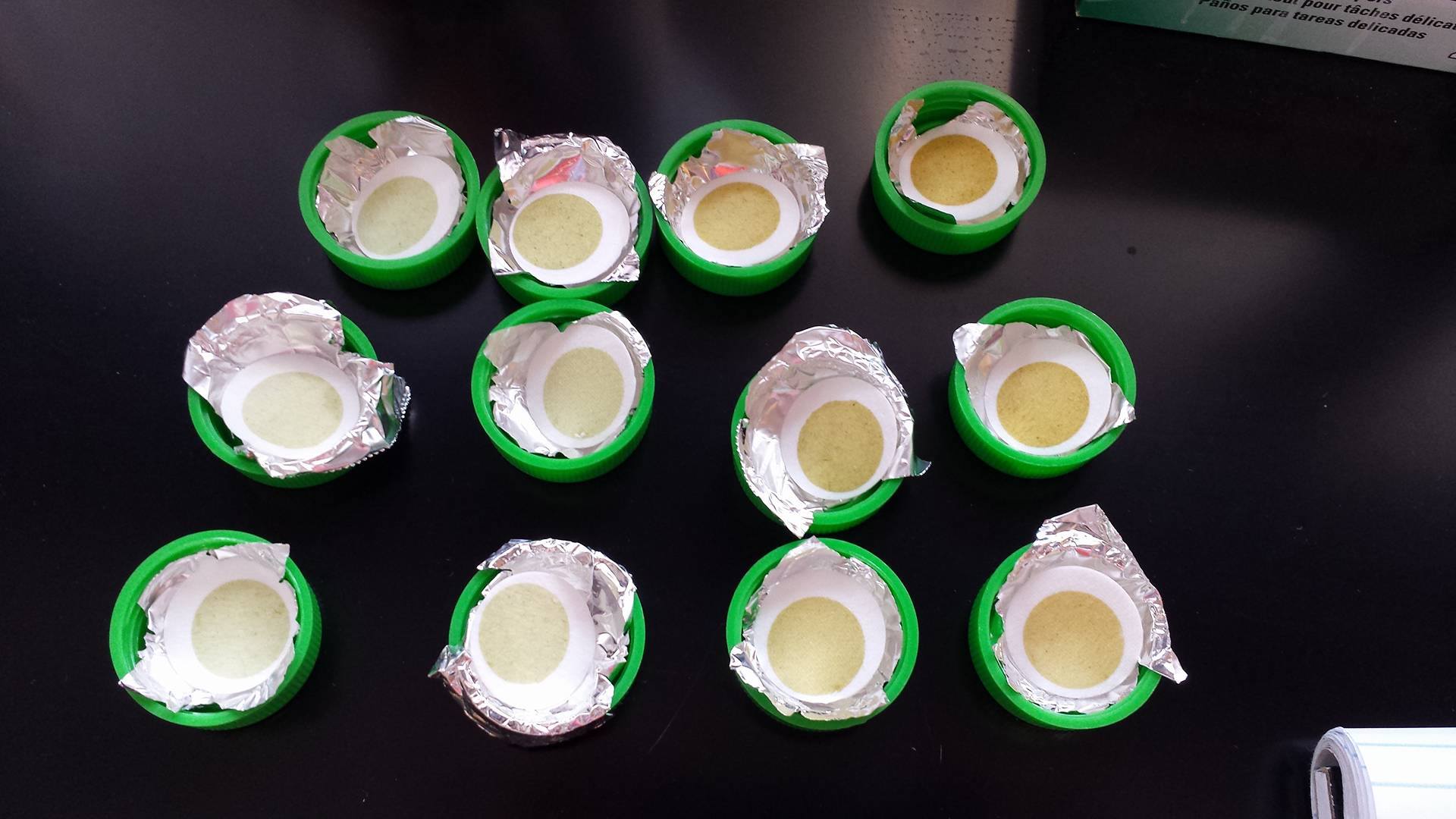About This Project
Blue green algae (BGA) blooms are becoming alarmingly frequent and conspicuous across the world, posing significant economic and health risks. The ability to fix atmospheric nitrogen (N) is a key trait conferring a competitive advantage to BGAs. N fixation is orchestrated by the enzyme nitrogenase, which is 59% iron (Fe) by mass. However little is known about the role of Fe in BGA growth. We will explore the role of Fe in determining BGA growth using experimental manipulations of Fe supply.
Ask the Scientists
Join The DiscussionWhat is the context of this research?
Blue green algae (BGA) blooms have caused significant economic losses and pose health risks. Understanding the causes of these blooms is an important avenue of research. The ability to fix nitrogen enables BGAs to outcompete other algae, particularly under N-limitation, which is becoming increasingly common as phosphorus from anthropogenic sources alleviates phosphorus (P)-limitation and exacerbates N-limitation. N fixation is the process by which certain organisms can convert atmospheric N2 gas into more biologically available forms. Thus, eutrophication provides ideal conditions for BGAs, with its ability to fix N, to outcompete benign algae. Much has been done regarding the N:P supply conditions that cause BGA blooms, although no clear answers have emerged, despite decades of research.
What is the significance of this project?
The availability of several other nutrients, including iron (Fe) vary tremendously among lakes. Surprisingly little is known about the role of Fe in determining BGA blooms, particularly because the enzyme that facilitates N fixation, nitrogenase, contains a large quantity of iron (Fe). This project aims to explore the relationship between Fe levels and BGA presence, particularly how they interact in relation to differing amounts of N and phosphorus (P). Numerous studies have shown that N and P concentrations influence algae growth. However, by looking at Fe concentrations, particularly when N is in limited supply and N fixers have an advantage, this project will result in a better understanding of the factors influencing these harmful algal blooms.
What are the goals of the project?
Our goal is to perform an in situ experiment where N:P:Fe supply ratios will be manipulated. Experiments will be performed in Grand Lake, Lake Hudson, and Lake Eucha, Oklahoma. We will fill the bottles with lake water from each lake. These bottles will have either +N, +P, +Fe, +NP, +NFe, +NP +PFe, or +NPFe (plus one control bottle) added to each and then placed in the lake. We will then measure the amount of algal growth in general and BGA in particular, as well as the nutrient concentrations over four days. We predict a positive relationship between BGA abundance and Fe. Moreover, we predict that this relationship will be strongest under +PFe treatment
Budget
Each experimental unit will consist of one experimental bottle filled with lake water to which one of nine combinations of reagents will be added to manipulate nutrient conditions. After four days, samples will be collected in the 100ml sample containers and filtered for analysis.
With nine experimental units replicated three times at each of three lakes, a great deal of materials are needed. With your help, we will be able to make this experiment a success!
Endorsed by
Meet the Team
Patrick Lind
I am a PhD student at Oklahoma State University, studying Integrative Biology. Whether it was digging for “dinosaurs” in my backyard as a child or investigating the link between algae and avian botulism after college, I have always loved exploring the world and learning more about it.
Growing up around the Great Lakes, I have been acutely aware of the issues affecting freshwater. My current research uses ecological stoichiometry, a framework using elemental ratios, to understand how variations in nutrient use among a small group of organisms can have an effect on entire ecosystems.
Additional Information

Filters showing the differences in algae in different treatments by columns they are- Control, +0.25mg Fe, +0.5mg Fe, and +1mg Fe.
Pictures in the video are from the NOAA, Murry Darlin Basin Authority, OpenClipart, More et al 2004, and Visuals Unlimited.
Project Backers
- 56Backers
- 108%Funded
- $1,761Total Donations
- $30.89Average Donation

